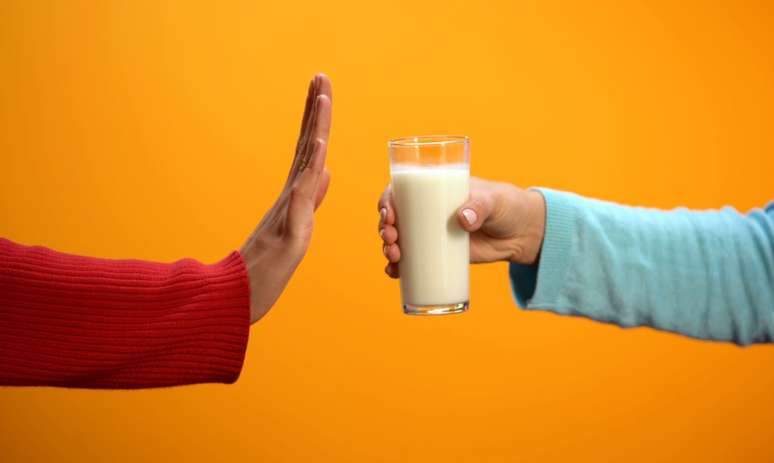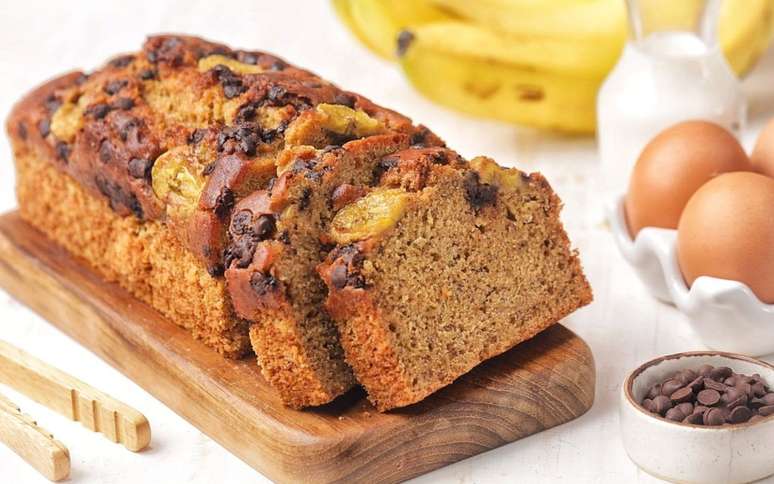Starting October 9, 2022, products will have nutrition information on the front of the label and will indicate excess sugar, saturated fat and sodium.
The products launched from today, 8, will already be presented at new food labeling, which will come into effect this Sunday, 9, in Brazil. In addition to the changes to the information table – such as the obligation to declare the amount of total and added sugars, the energy value and nutrients – the novelty will be the adoption of frontal nutritional labeling. However, products that are already on the market will still take some time to incorporate the novelty.
Known as FOP (front-of-pack), this new model is represented by a magnifying glass, which must appear on the front of the package. The idea is to identify products that are high in three nutrients: added sugars, saturated fats and sodium.
The drafting of the new standard began in 2014, when the National Health Surveillance Agency (Anvisa) created a working group made up of representatives of civil society, academia and the production sector for the revision of the labeling. Although the regulatory standard was released on October 8, 2020, the measures will only take effect this year.
What is the expiration date of the labels?
For products already on the market, the adjustment terms are up to 9 October 2023 for food in general; until 9 October 2024 for food produced by family farmers and small producers; and until 9 October 2025 for non-alcoholic beverages in returnable packaging.
Janine Giuberti, coordinator of the Food Program at the Brazilian Institute for Consumer Protection (Idec), was present from the beginning of the process and says that the initial proposal for Anvisa was to use triangles instead of the magnifying glass. , a more rigid configuration. compared to the approved standard. However, Janine says the signage is already a big step forward for the consumer, who will find clearer and more reliable information on the packaging.
According to nutritionist and member of the Brazilian Society of Food and Nutrition (SBAN) Márcia Terra, the change will make information more accessible to the consumer. “It’s important not to be guided by the magnifying glass symbol alone. You need to read the entire label,” she warns.
The accessibility problem was already detected in 2016 in an Idec survey with 2,651 Internet users. Of this group, 40% reported having difficulty understanding the nutrition table. The survey also found that 98% of consumers support the inclusion of added sugar in the labeling and 93% believe that front labeling could help them better understand the nutritional value of food.
According to Marcia, it is important to clarify that the FOP is calculated per 100g or 100ml and not per serving of the product. This is because this rule can cause distortions in interpretation: “In general, the portion consumed is not 100 g / ml. It is interesting to compare similar products in the same proportion”.
How is nutrition labeling in other countries?
In general, the mandatory nutrition information is very similar between countries, with sales name, batch, manufacturer name and address, list of ingredients, nutrition information table and expiration date. The greatest differences are perceived in the countries that adopt front labeling. “Perhaps Brazil is not far behind the world. But when we look at Latin America, we realize that we are far behind,” says Janine Giuberti. According to her, several Latin American countries have managed to pass a combination of laws to make product labeling more transparent.
Chile was the pioneer. Since 2016, the country has been using octagonal front labels, showing excess sodium, added sugars, saturated fat, and calories. Also, products that receive this type of seal cannot be sold in schools.
In Peru, however, it is mandatory that, in any type of advertising, the consumer is informed of the high tariffs. “A Coca-Cola billboard, for example, gets a ‘high sugar’ warning,” says the IDEC food program coordinator.
Information made easy for healthier choices
Changing labels is an opportunity for consumers to be more aware of their purchases. However, Márcia Terra cautions that even foods that don’t have a magnifying glass need to be careful. “A common example is pastel de Feira and garapa. Pastel is high in sodium and fat and garapa is high in sugar.”
The medium- and long-term problems of consuming high-calorie foods, in addition to weight gain, are cardiovascular disease and overload of the pancreas, liver and kidneys, says preventive medicine specialist Carlos Machado. According to him, one of the most common effects is atherosclerosis, an inflammation, with the formation of fatty plaques, on the walls of the arteries of the heart and in other parts of the body.
But you don’t have to cut all the sweets. Machado says he can consume, “just don’t abuse”. For a healthier diet, he suggests consuming fruit, not abusing salt and industrialized products, and eating protein every day.
Another important point is to differentiate the “face” of the food from its nutritional value. According to Marcia, there is a term called the “aura of wholesomeness,” in which some foods look healthy but are actually high in calories.
“This can happen, for example, with a super salad or a smoothie made with yogurt, concentrated fruit and cereals. They are foods that look and look good, but when you count the calories you realize they are rich. of sugar, fat and even sodium “.
However, this doesn’t mean you shouldn’t consume this type of food. Márcia reiterates that all foods can be part of a balanced and varied diet, as long as the quantity and frequency consumed is respected. “In addition to food, we cannot neglect physical activity and a healthy lifestyle.”
Keeping an eye on excess sugar, saturated fat and sodium
Understand when the labels will carry the magnifying glass warning about the excess of these ingredients. Now, sampling is no longer per serving, but per 100g or 100ml, which makes it easier for the consumer to compare the rates of different products.
HIGH ADDED SUGAR
Solid foods: 15 g of sugars (or more) per 100 g
Liquid foods: 7.5 g (or more) of sugars per 100 ml
RICH IN SATURATED FATS
Solid foods: 6 g of saturated fat (or more) per 100 g
Liquid foods: 3 g of saturated fat (or more) per 100 ml
HIGH SODIUM
Solid foods: 600 mg of sodium (or more) per 100 g
Liquid foods: 300 mg of sodium (or more) per 100 ml
+The best content in your email for free. Choose your favorite Earth Newsletter. Click here!
Source: Terra
Benjamin Smith is a fashion journalist and author at Gossipify, known for his coverage of the latest fashion trends and industry insights. He writes about clothing, shoes, accessories, and runway shows, providing in-depth analysis and unique perspectives. He’s respected for his ability to spot emerging designers and trends, and for providing practical fashion advice to readers.





![It All Begins Here: What’s in store for Thursday 16 October 2025 Episode 1286 [SPOILERS] It All Begins Here: What’s in store for Thursday 16 October 2025 Episode 1286 [SPOILERS]](https://fr.web.img3.acsta.net/img/7d/99/7d99acbb3327f48a72b40f684092775e.jpg)

-qe1jxfyoo3eh.JPG)

